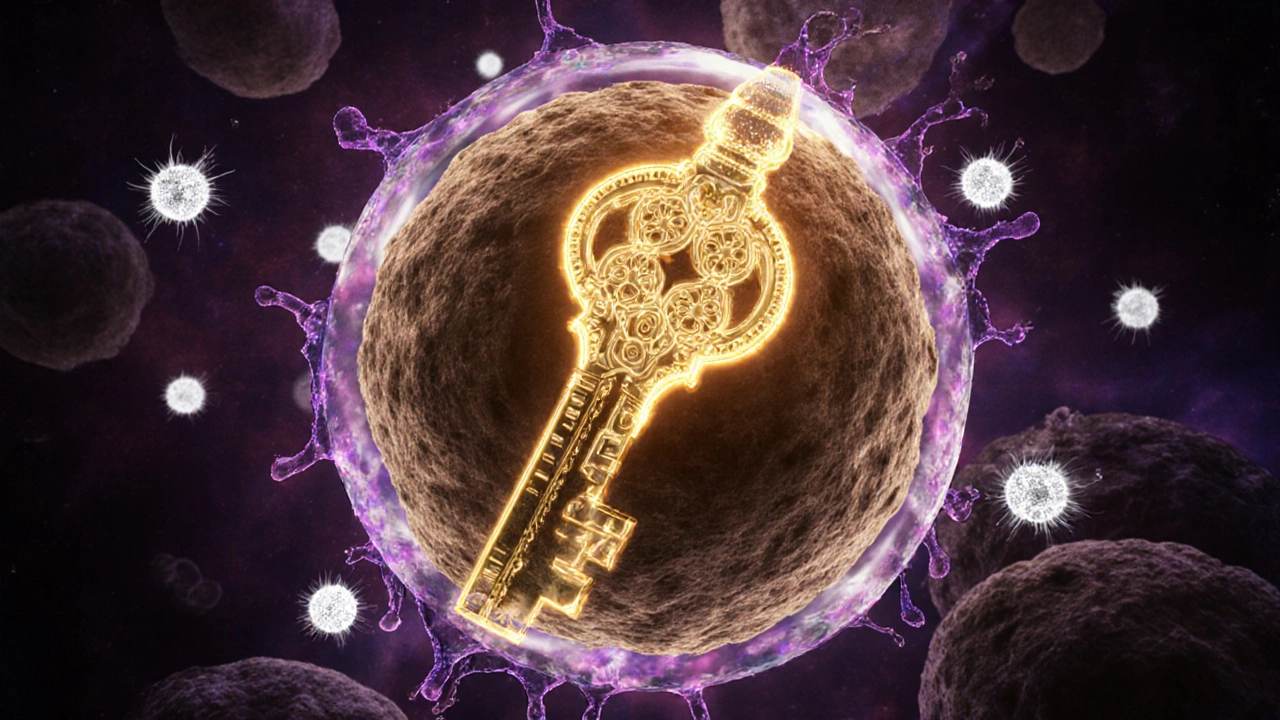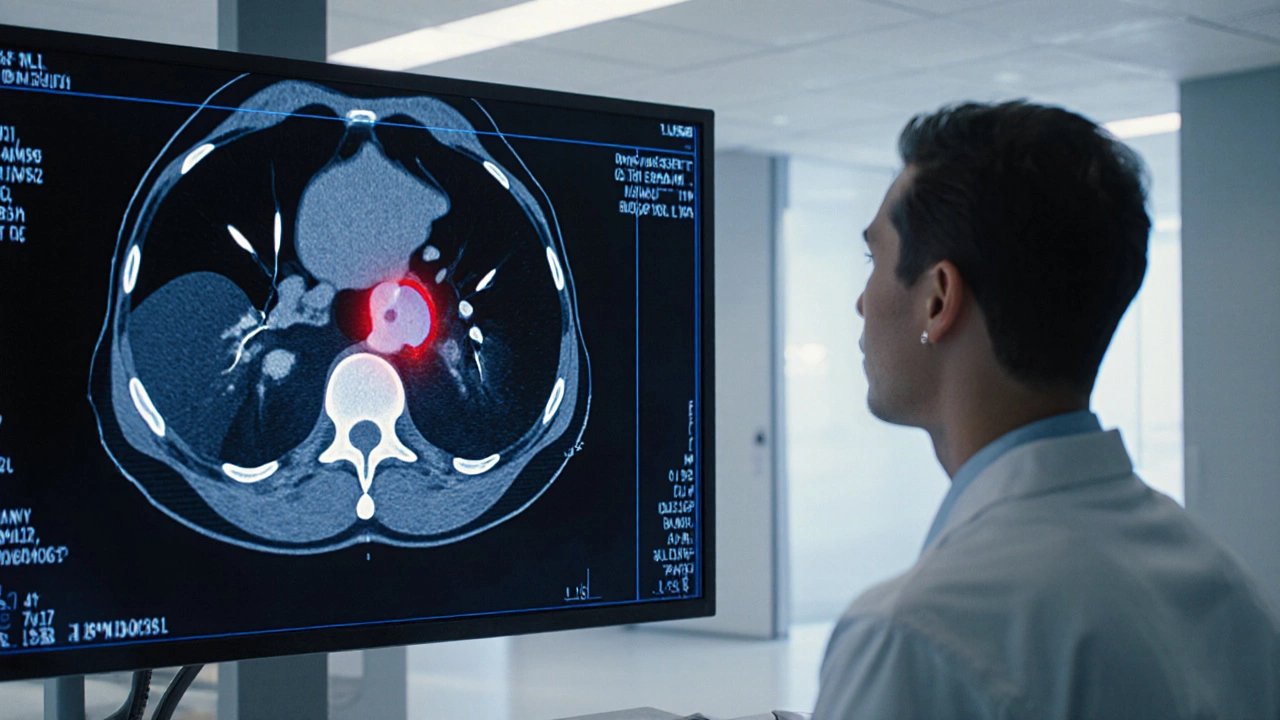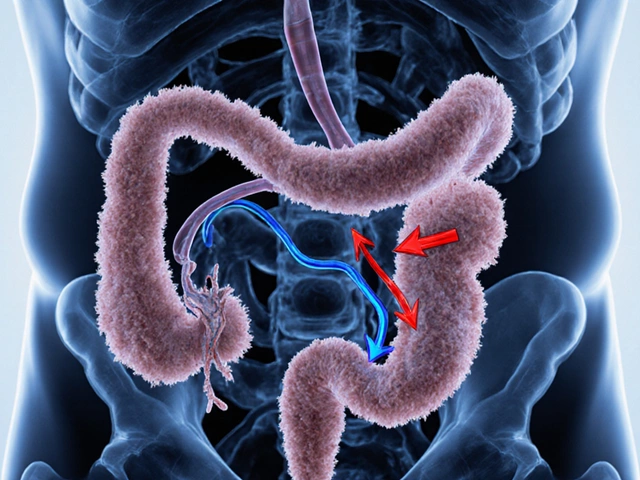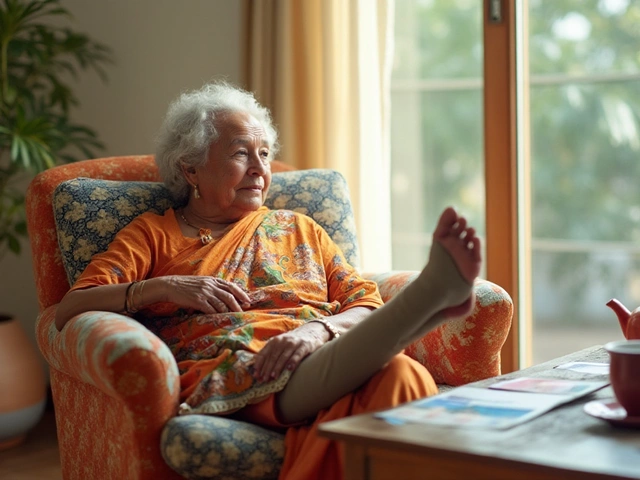Pancreatic Cancer Risk Assessment Tool
Early Detection Matters
Pancreatic cancer has the lowest survival rate of major cancers (12% five-year survival). Early detection is critical because only 20% of cases are caught early enough for curative surgery. This tool helps you assess your risk based on key warning signs.
Symptom Check
Select any symptoms you're experiencing (at least one required)
Risk Factors
Risk Assessment
Please select symptoms and answer questions to receive your risk assessment
When people ask what the hardest cancer to cure is, they’re often looking for a simple answer. But the truth is more complicated. It’s not just about one type of cancer being ‘worse’ than others. It’s about how early it’s found, how fast it spreads, how well it responds to treatment, and how much we still don’t understand about it. Right now, pancreatic cancer stands out as the most difficult to cure - not because it’s the most common, but because it’s the most deceptive and resistant.
Why Pancreatic Cancer Is So Hard to Treat
Pancreatic cancer doesn’t shout. It doesn’t cause obvious symptoms until it’s already advanced. By the time someone feels persistent back pain, unexplained weight loss, or jaundice, the cancer has often spread beyond the pancreas. About 80% of cases are diagnosed at a late stage, when surgery - the only real chance for cure - is no longer possible.
The pancreas sits deep in the abdomen, tucked behind the stomach and wrapped around major blood vessels. That makes early detection nearly impossible with routine scans. There’s no simple blood test or screening tool like a mammogram or colonoscopy for pancreatic cancer. Even when tumors are found, they’re often surrounded by dense tissue called stroma, which blocks chemotherapy drugs from reaching the cancer cells.
Doctors call this the ‘tumor microenvironment.’ It’s like the cancer is wrapped in a protective shield made of scar-like tissue. This shield doesn’t just block drugs - it also tricks the immune system into ignoring the tumor. That’s why immunotherapy, which works wonders for melanoma or lung cancer, rarely helps with pancreatic cancer.
Survival Rates Tell the Real Story
The numbers don’t lie. The five-year survival rate for pancreatic cancer is around 12%. For other cancers, those numbers are much higher: 90% for thyroid cancer, 85% for prostate cancer, 68% for breast cancer. Even colorectal cancer, which is also deadly if caught late, has a 65% survival rate when diagnosed early.
But pancreatic cancer is different. Even when caught early - and only about 20% of cases are - the five-year survival rate jumps to just 44%. That’s still far below most other cancers. And for those diagnosed after the cancer has spread to distant organs, survival drops to under 3%. These aren’t abstract stats. They’re real people - mothers, fathers, friends - whose time is measured in months, not years.
Why Other Cancers Are Easier to Fight
Some cancers are tough, but they’re not impossible. Take leukemia. It’s aggressive, but we have targeted drugs like imatinib that can turn chronic myeloid leukemia into a manageable condition for decades. Melanoma used to be a death sentence. Now, with immunotherapy drugs like pembrolizumab, many patients live for years after diagnosis.
Lung cancer, especially non-small cell, has seen huge advances. Genetic testing now identifies mutations like EGFR or ALK, and targeted pills can shrink tumors for years. Even ovarian cancer, which often spreads silently, responds better to surgery and chemo than pancreatic cancer does.
Pancreatic cancer doesn’t have these clear targets. Only about 10% of cases have a known inherited genetic link, like BRCA mutations. For the rest, there’s no clear molecular signature to exploit. That means treatments are blunt - chemotherapy like FOLFIRINOX or gemcitabine - and they often come with brutal side effects.

What’s Changing? New Hope on the Horizon
Scientists aren’t giving up. New research is slowly chipping away at the problem. One promising area is liquid biopsies - blood tests that detect tumor DNA floating in the bloodstream. If doctors can catch pancreatic cancer early this way, survival rates could jump dramatically. Early trials show these tests can spot tumors before they show up on CT scans.
Another breakthrough is in personalized vaccines. In a 2024 study at Memorial Sloan Kettering, researchers created custom vaccines for 16 patients with early-stage pancreatic cancer. After surgery, each patient received a vaccine made from their own tumor’s unique mutations. Half of them showed no signs of cancer recurrence after two years. That’s unheard of in this disease.
There’s also new work on breaking down the stroma barrier. Drugs like PEGPH20 were tested to dissolve the dense tissue around tumors. While early results were mixed, newer versions are being refined. Some teams are combining stroma-targeting drugs with immunotherapy to wake up the immune system.
And then there’s AI. Machine learning models are now being trained to spot early signs of pancreatic cancer on routine CT scans - the kind done for gallstones or abdominal pain. In one study, an AI system flagged 80% of pancreatic cancers that were missed by radiologists. That’s not science fiction - it’s happening in hospitals right now.
Who’s at Risk? Knowing the Signs Could Save a Life
You don’t need to be a doctor to spot potential red flags. If you’re over 50 and suddenly lose weight without trying, or develop new-onset diabetes with no family history, or have persistent upper belly pain that radiates to your back - get checked. These aren’t normal aging symptoms. They could be early signs of pancreatic cancer.
Other risk factors include smoking (which doubles your risk), chronic pancreatitis, obesity, and certain inherited syndromes like Lynch syndrome or hereditary breast and ovarian cancer syndrome. If you have a close relative who died of pancreatic cancer, talk to your doctor about genetic testing.
There’s no magic bullet, but catching it early is the only way to beat it. That’s why awareness matters more than ever.

What Does the Future Hold?
Pancreatic cancer won’t be cured tomorrow. But the tide is turning. Five years ago, most oncologists considered it untreatable beyond palliative care. Today, we have tools that can extend life by months, sometimes years. We have vaccines in trials. We have blood tests that might one day be part of annual checkups. We have AI that sees what human eyes miss.
The hardest cancer to cure isn’t necessarily the deadliest - but it’s the one that hides the longest and fights back the hardest. That’s why progress here matters so much. Every breakthrough in pancreatic cancer research doesn’t just help those with this disease. It teaches us how to fight other stubborn cancers too.
For now, the message is simple: Don’t ignore symptoms. Push for answers. And support research. Because the next big breakthrough could come from a lab in Bangalore, Boston, or Berlin - and it could change everything.
Is pancreatic cancer the deadliest cancer?
Pancreatic cancer isn’t the most common cancer, but it’s one of the deadliest. It has the lowest five-year survival rate of any major cancer - around 12%. That’s because it’s often found too late, spreads quickly, and resists standard treatments. While lung and liver cancers kill more people overall, pancreatic cancer is harder to treat successfully once diagnosed.
Can pancreatic cancer be cured if caught early?
Yes, but only if it’s found before it spreads beyond the pancreas. About 20% of cases are caught early enough for surgery. When removed completely, the five-year survival rate jumps to 44%. That’s why early detection is critical. Unfortunately, there’s no routine screening test, so recognizing symptoms like unexplained weight loss, new-onset diabetes, or persistent abdominal pain is key.
Why doesn’t chemotherapy work well for pancreatic cancer?
The tumor is surrounded by a thick layer of scar-like tissue called stroma, which blocks chemotherapy drugs from reaching the cancer cells. This stroma also suppresses the immune system, making immunotherapy ineffective in most cases. Even when chemo does get through, pancreatic cancer cells often develop resistance quickly. That’s why newer treatments focus on breaking down the stroma or using targeted vaccines.
Are there any new treatments for pancreatic cancer?
Yes. Personalized cancer vaccines based on a patient’s unique tumor mutations have shown promising results in early trials. Liquid biopsies - blood tests that detect tumor DNA - are being tested to catch cancer earlier. AI tools are improving detection on routine scans. And new drugs targeting the tumor’s protective stroma are in development. While none are cures yet, they’re extending survival and improving quality of life.
What are the early warning signs of pancreatic cancer?
Early signs include unexplained weight loss, new-onset diabetes (especially after 50), persistent upper abdominal pain that spreads to the back, jaundice (yellowing of skin or eyes), dark urine, greasy stools, and loss of appetite. These symptoms are often mistaken for less serious conditions. If they last more than a few weeks, especially with risk factors like smoking or family history, see a doctor.
What You Can Do Now
If you’re worried about your risk, talk to your doctor. Ask about genetic testing if you have a family history. Don’t brush off symptoms just because they seem vague. And if you know someone fighting this disease, support research. Organizations like the Pancreatic Cancer Action Network and the Lustgarten Foundation fund the most promising science.
The hardest cancer to cure isn’t a mystery anymore - we just need to find it faster, understand it better, and fight it smarter. That starts with awareness. And awareness starts with you.






